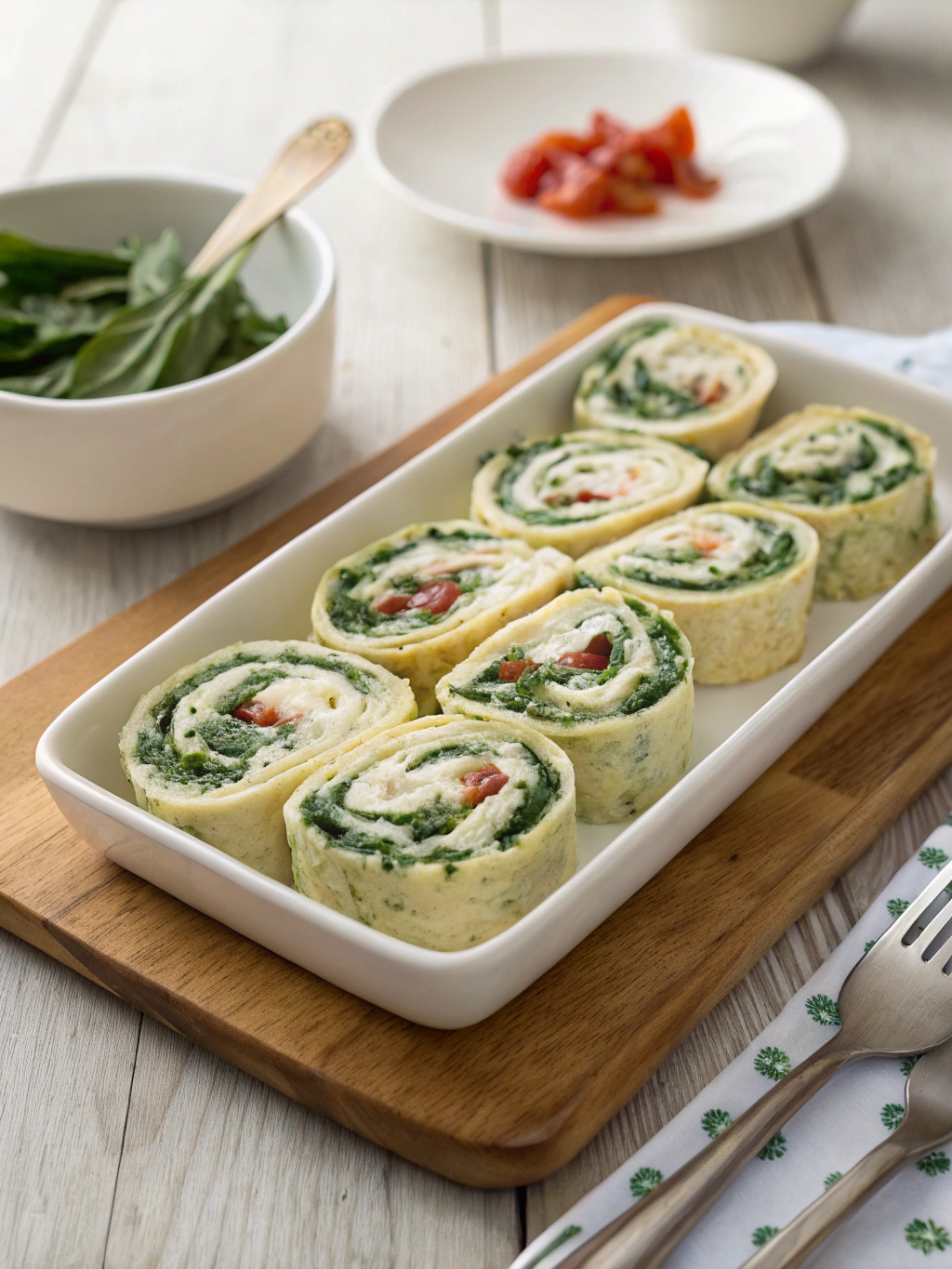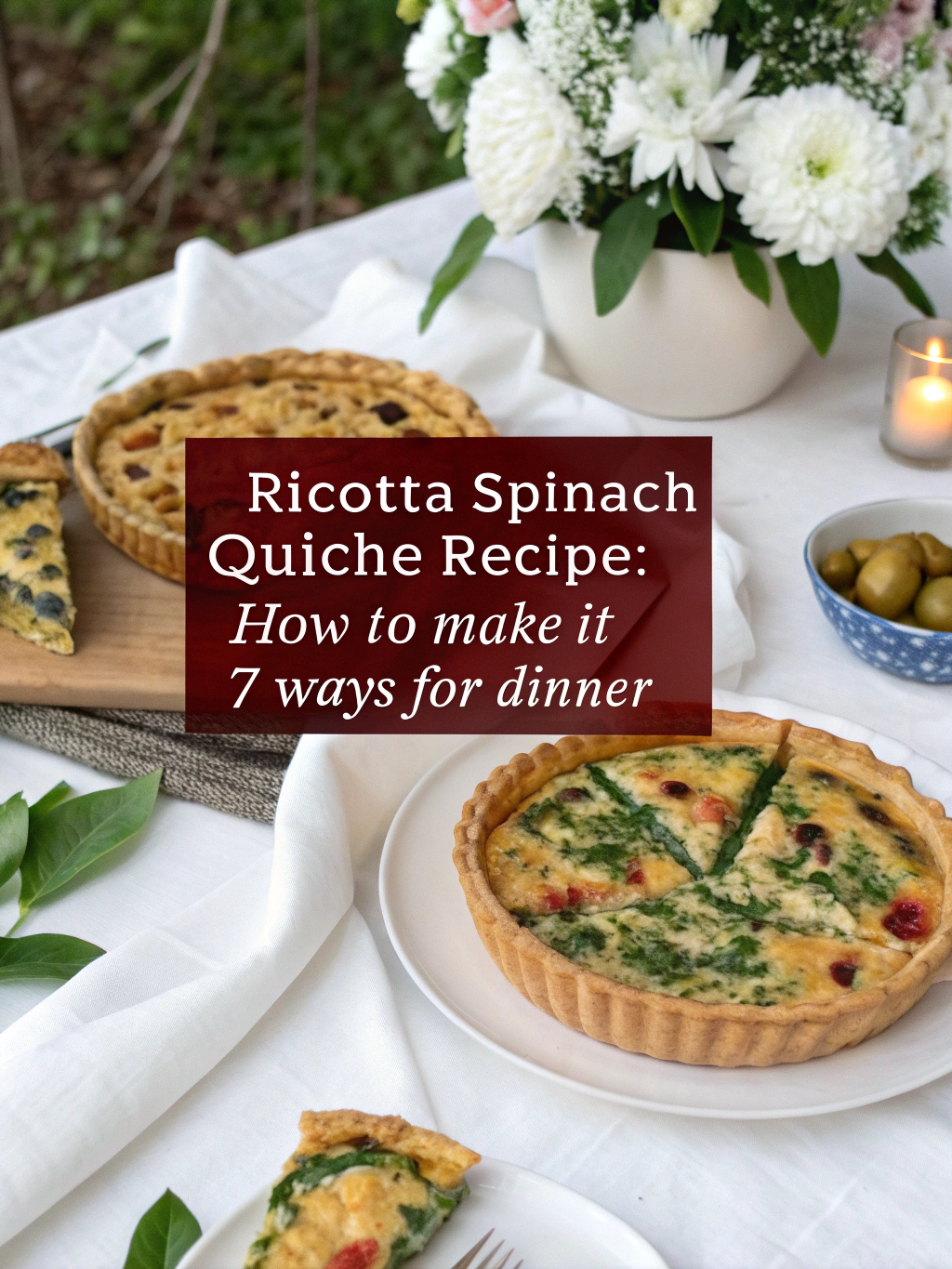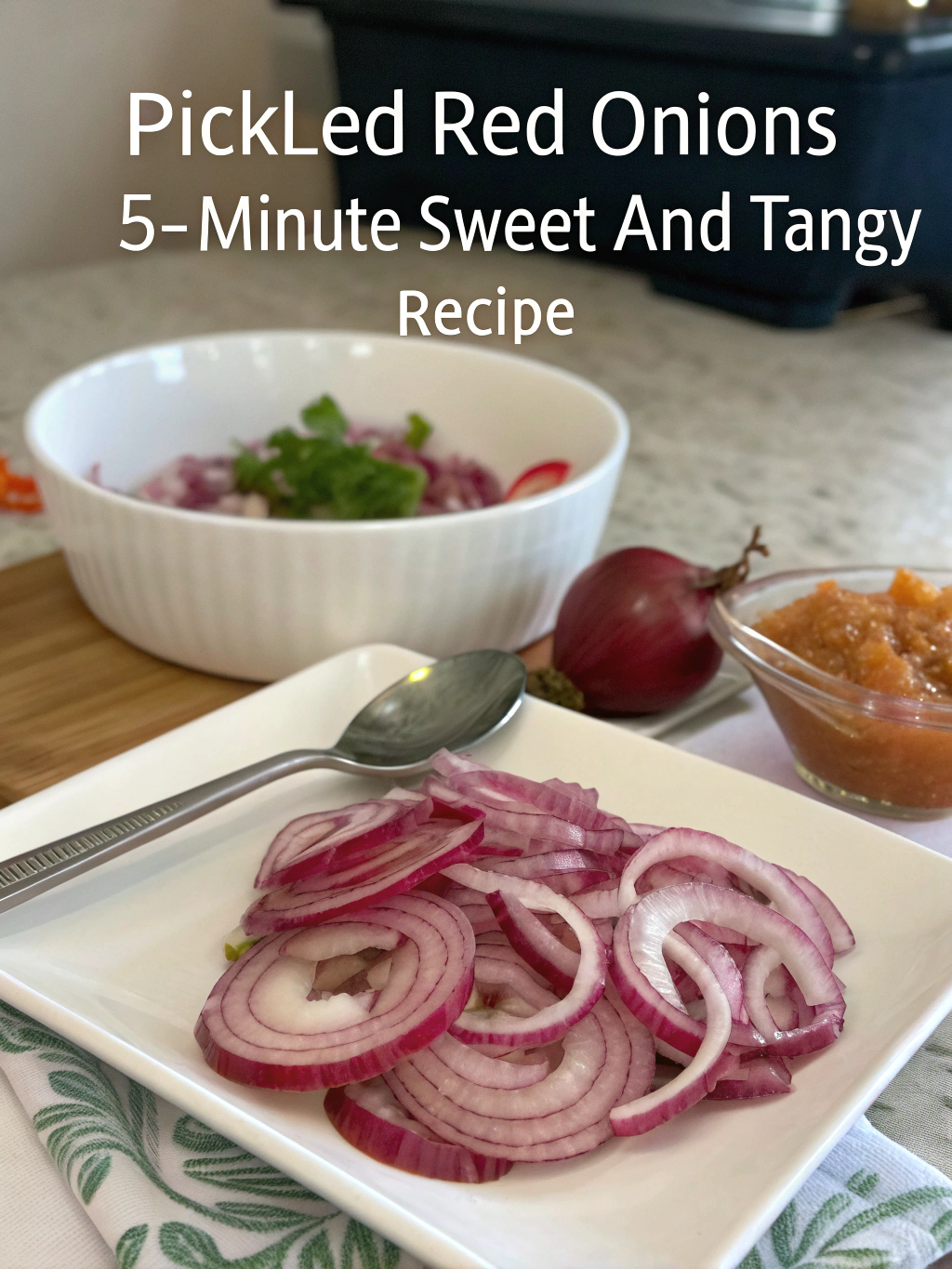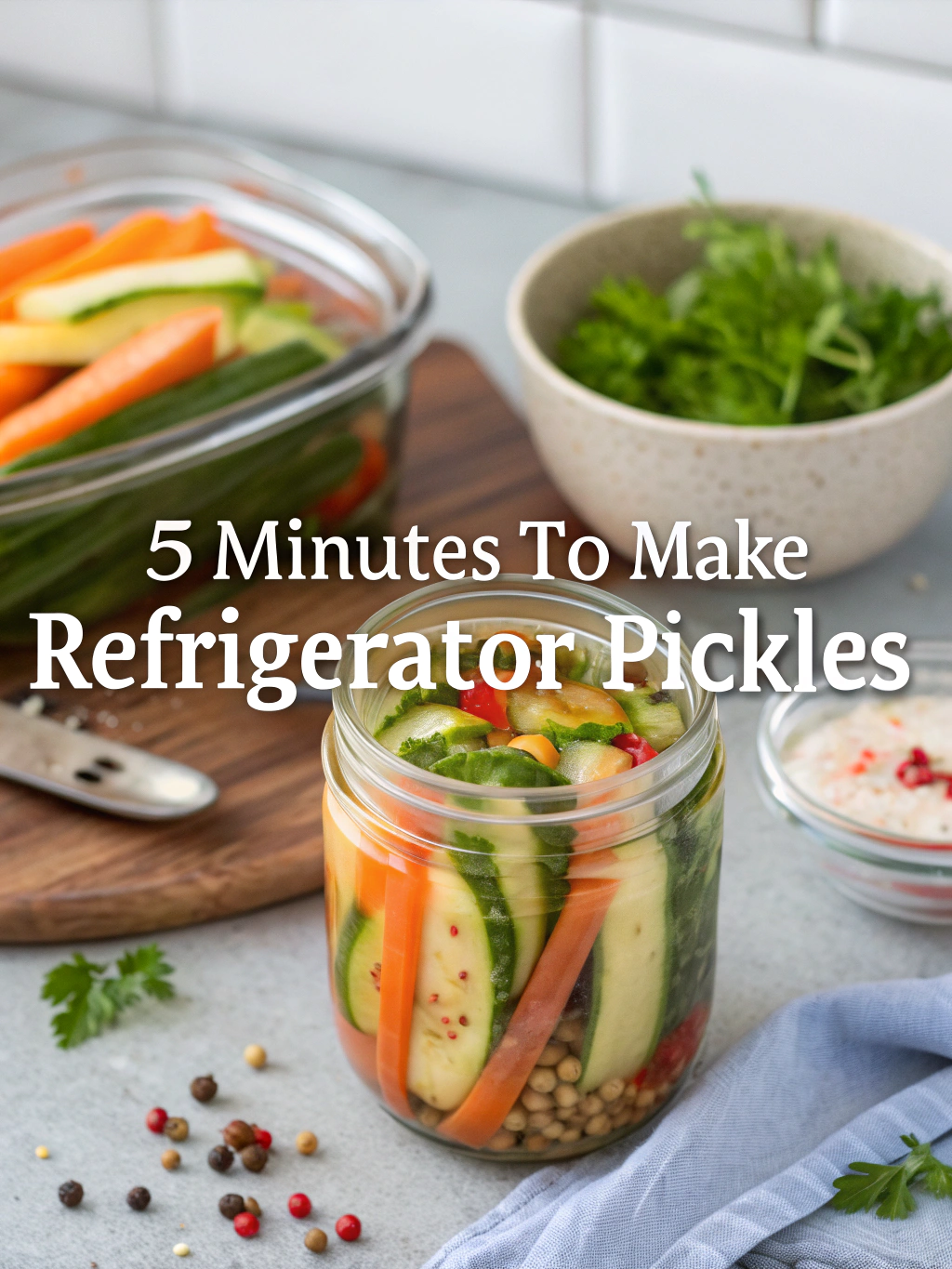
Ever wonder why some breakfast moments just stick in your brain like… well, honey to a spoon? I’ve been pondering this exact thing while stirring my Dutch honey syrup this morning—which, by the way, almost became a countertop disaster when my cat Muffins decided the wooden spoon handle looked particularly appealing at 6:42 AM. I’ve been creating syrups since approximately forever ago (or at least since 2009 when I ruined my mother’s favorite pot). There’s something about the way Dutch honey syrup pools into little amber puddles that makes even the most sophisticated breakfast guest do what I call the “syrup swoon”—that little involuntary shoulder drop when pure deliciousness hits the tastebuds.
Let me walk you through creating this golden divinity using my signature pan-swishing technique. But first—a confession: I’m absolutely NOT a trained chef. Unless you count YouTube binges and three decades of spectacular kitchen disasters as credentials.
My Sticky Journey to Dutch Honey Syrup Perfection
So about this Dutch honey syrup obsession… it actually began on a rainy Tuesday in April when I was attempting to impress Marcus with breakfast. The pancakes burned, the coffee boiled over, and I somehow managed to get egg shells in the orange juice. Don’t ask.
I’d been experimenting with corn syrup alternatives since March, after Grandma Bea (who could burn water but somehow made the world’s most perfect Dutch honey syrup) passed her recipe to me on a wine-stained napkin. “It’s all about the bubble-watching,” she’d whisper, as if sharing nuclear codes. Unfortunately, the napkin went through the wash, and I’ve spent seven years trying to recreate what I remember.
Living in the microclimate nightmare that is western Oregon doesn’t help—the humidity makes everything sticky EXCEPT the syrup, which sometimes refuses to thicken while I stand there performing what my neighbor Tricia calls “the syrup dance” (aggressive shifting from foot to foot while muttering threats to innocent kitchen implements).
My first attempts at Dutch honey syrup were… problematic (I still have a suspicious ceiling stain from the Great Syrup Explosion of 2018), but I’ve now refined my process to achieve what I like to call “pour perfection” – that moment when the Dutch honey syrup cascades with exactly the right velvety blissfulness.
Ingredients for Dutch Honey Syrup Success
- 1½ cups granulated sugar (the cheap stuff works BETTER than fancy organic—trust me, I’ve wasted $37 on artisanal sugar for WORSE results)
- ⅓ cup + 1 smidge of water (a “smidge” is roughly ¼ teaspoon in my vocabulary)
- ¾ cup honey (local wildflower preferred, though I once used buckwheat honey and created something that tasted suspiciously like caramel bourbon)
- 2 tablespoons unsalted butter (European-style if you’re feeling fancy, whatever’s on sale if it’s been a rough month)
- 1 Holtzman dash of vanilla extract (about ½ teaspoon, but measuring vanilla precisely is for people who don’t truly love flavor)
- ¼ teaspoon baking soda (seems random but creates the MAGICAL velvety consistency—skip at your peril)
- One pinch salt (a true pinch, not that careful measuring nonsense)
- Optional but recommended: 1 capful of cream (literally whatever cream container you have, use the cap as measurement)
The Magic Happens Here: Directions
A. Prepare Your Battle Station
Grab your pot—technically you should use a heavy-bottomed saucepan, but I’ve successfully made Dutch honey syrup in a sketchy aluminum pot I found at a yard sale. Clear nearby counter space because this stuff EXPANDS when you least expect it.
B. The Initial Meld
Combine sugar, water, and honey in your pot. DO NOT STIR YET. This contradicts everything you’ve been taught about cooking, but trust my disaster-earned wisdom. Let them sit together like awkward strangers at a bus stop for about 30 seconds before gently heat-introducing.
C. Heat-Awakening Phase
Turn burner to medium-low heat. Now you may begin stirring—I prefer counterclockwise motions, but that’s a personal quirk from when I helped Aunt Caroline make syrup as a kid. She claimed clockwise stirring invites bad juju. The mixture should start to loosen and mingle. Keep stirring until sugar completely dissolves (about 2-3 minutes).
D. The Bubble Watch
Increase heat to medium and allow mixture to reach a gentle boil. This is where the true art begins—you’re looking for what I call “champagne bubbles” rather than rolling angry ones. If your bubbles look angry, your Dutch honey syrup will taste angry. I’m serious about this.
Watch for the color shift—it should progress from pale yellow to something resembling a sunset in Barcelona… wait, have I ever been to Barcelona? Anyway, it should take 7-9 minutes to reach this state, depending on your stove’s personality.
E. The Critical Addition
Remove from heat (this part is NON-NEGOTIABLE—continuing to heat will create something closer to brick mortar than Dutch honey syrup). Add butter and let it melt without stirring for 15 seconds (count to fifteen Mississippi style).
NOW THE MAGIC: Add baking soda and vanilla using my signature “high pour” technique—pour from about 6 inches above pot to ensure even distribution. The mixture will foam dramatically. This is the Dutch honey syrup’s excitement dance! Check out my cinnamon roll recipe which pairs perfectly with this syrup.
F. The Final Pan-Swish
Instead of stirring (which can deflate your beautiful velvet texture), gently swish the pan in clockwise circles—directly contradicting Aunt Caroline’s superstition, but trust me on this one. Add salt and cream if using. The Dutch honey syrup should now have that irresistible velvety bliss texture we’re chasing.
G. Cooling & Containering
Let cool for precisely 13 minutes (I honestly don’t know why this specific time works best, but after 97 batches, I’ve determined it’s the sweet spot). Transfer to whatever container you have handy—I use an old maple syrup bottle because it makes me feel fancy when I pour my homemade Dutch honey syrup.
Notes & Secret Whispers
• CONTRARY TO POPULAR BELIEF: Dutch honey syrup should NOT be refrigerated! This goes against food safety conventional wisdom, but the sugar content acts as a preservative. Refrigeration causes crystallization faster. Keep in pantry for up to 1 month. I’ve never had a batch last longer than 8 days anyway.
• THE FOAM INCIDENT WARNING: When adding baking soda, mixture expands dramatically. I once didn’t leave enough headspace and ended up with what my daughter now refers to as “The Great Syrup Ceiling Art of 2019.” Allow AT LEAST 3 inches of headspace.
★ Try my exclusive “double-warm method” – heat syrup container in warm water while simultaneously warming plates. The temperature contrast between hot pancakes and room-temp syrup is a breakfast crime.
• REHEATING PROTOCOL: If syrup thickens too much during storage (it will), microwave in 7-second bursts, using the “McMurray Swirl” technique (tilt container slightly between bursts).
• SURPRISING TRUTH: Using a whisk creates tiny air bubbles that actually RUIN the velvety texture. Spoons only! Learn more about proper utensil selection for syrups from the experts.
Kitchen Arsenal
THE ENDLESS SPOON ★★★★★
My 27-year-old wooden spoon with the slightly charred edge makes everything taste better
I refuse to let anyone wash it properly—the patina is part of the magic
Amazon: https://www.amazon.com/dp/B07ZPRJFR2
MAMA BEAR POT ★★★★★
This 2.5 quart saucepan has survived three kitchen renovations and over 400 syrup batches
I use the lid upside-down as an emergency splatter guard when the syrup gets dramatic
Amazon: https://www.amazon.com/dp/B003OAJGJO
Variations That’ll Make Your Taste Buds Dance
SPICED DUTCH BLISS: Add ¼ teaspoon cardamom and a whisper of cinnamon (literally blow cinnamon across the surface of the mixture). This creates what my friend Taylor calls “pancake perfume” and it’s strangely addictive.
THE CONTROVERSIAL CITRUS TWIST: Add lemon zest during cooling stage. My neighbor insists this ruins the syrup, but when she’s not looking, she pours extra helpings. This citrus zester makes the process enjoyable rather than knuckle-threatening.
ADULT SYRUP SITUATION: For evening breakfast situations, add 2 tablespoons bourbon during the cooling phase. Not recommended for Monday mornings unless you work from home or have particularly understanding colleagues.
The One Question Everyone Asks
Why is it called Dutch honey syrup when there’s nothing particularly Dutch about it?
According to my completely unreliable source (Uncle Pete who visited Amsterdam in the 70s and remembers very little), traditional Dutch honey treatments involved slow-cooking to achieve specific texture rather than flavor profiles. The technique follows what Dutch confectioners called “langzame geduld” or “slow patience,” which creates the signature velvety mouthfeel. Modern Dutch honey syrup barely resembles these historical versions, but the name stuck because it sounds fancier than “sugar honey butter sauce” which is technically more accurate. These Dutch pancakes showcase the syrup beautifully.
Final Syrupy Thoughts
There’s something deeply satisfying about watching someone experience homemade Dutch honey syrup for the first time. That moment when their eyes widen slightly and they pause mid-chew? Kitchen victory. What makes this recipe special isn’t just the velvety bliss texture (though that’s certainly part of it)—it’s the simplicity transformed into something extraordinary.
Will your first batch be perfect? Probably not. Mine certainly wasn’t. Might you end up with something closer to taffy than syrup? Possibly. But perfecting your Dutch honey syrup technique is a worthy kitchen quest.
What will you pour your liquid gold over first? How will you modify this recipe to make it distinctly yours? The possibilities are as endless as my collection of slightly-burned wooden spoons.
Until next time, may your Dutch honey syrup always achieve irresistible velvety bliss!
—Chef Mags (Former County Fair “Most Surprising Use of Honey” Honorable Mention, 2016)
Share with your friends!
Categorized in: Sides









